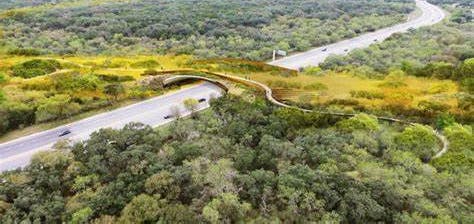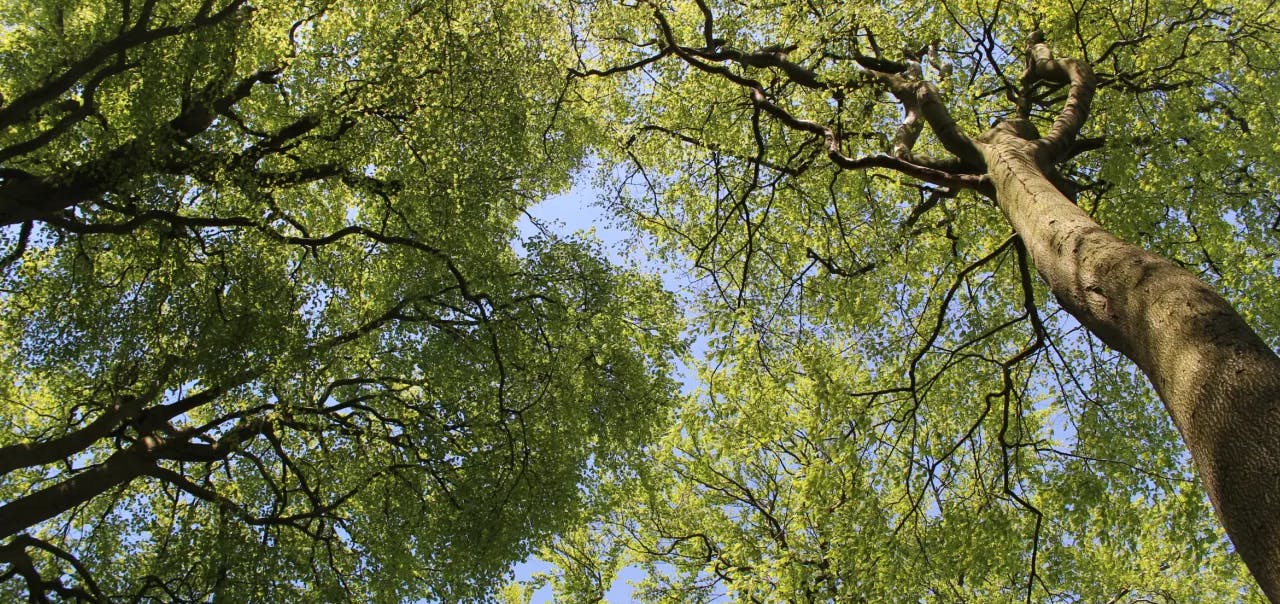Linear infrastructure fragments habitats and landscapes, creating impassable barriers for flora and fauna. When animals cannot move from their home ranges they become isolated and vulnerable to local extinction through disease, extreme events and inbreeding. Isolation of habitats also makes them increasingly vulnerable to extinction from climate change.
In the UK, habitat connectivity structures that restore species movement and physical connections of habitats (e.g. green bridges, mammal tunnels and underpasses) are rare, but are becoming increasingly common due to planning consent requirements. Nevertheless, on the 4500 miles of strategic road infrastructure in England, habitat connectivity features are still few and far between.
Mass restoration of habitat connectivity across a strategic nature network and using wildlife crossing structures would be transformative for the UK public and ecosystems. The UK is decades behind other nations in the application of habitat defragmentation structures. In the last 15 years, the Dutch transport authority has built approximately 70 large green bridges and approximately 200 smaller interventions across its road and rail network. At time of writing, National Highways has built only two.
Designing and constructing structures for wildlife, as well as people, on a scale that will make meaningful difference to UK nature will require our industry to unite and innovate to deliver a lasting legacy of nature restoration.
Read the full Institution of Civil Engineers publication here - Nature-positive infrastructure – habitat connectivity structures, a call to arms | Proceedings of the Institution of Civil Engineers - Civil Engineering





